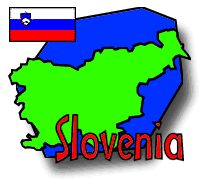Person of the Day: Borut, our guide at the S(h)koc(z)janske caves
Place of the Day: S(h)koc(z)janske jame (caves)
Tech Fact of the Day: the Karst region
Group Dispatch, April 26-27

Questions? Ask Ethan ![]() !
!
Return to Fast Facts
 |
 |
 |
 |
 |
|
Itinerary/ Journal |
Discussions |
About Slovenia |
eDscape Projects |
Scrapbook |
|
|
|
|
|
|
|
Copyright 1997-99 BikeAbout. All rights reserved.
